
Code_Aster
®
Version
5.0
Titrate:
Transitory SDLL113 dynamic Under-structuring
Date:
18/02/00
Author (S):
G. ROUSSEAU
Key
:
V2.02.113-B
Page:
1/8
Manual of Validation
V2.02 booklet: Linear dynamics of the beams
HT-62/01/012/A
Organization (S):
EDF/RNE/AMV
Manual of Validation
V2.02 booklet: Linear dynamics of the beams
Document: V2.02.113
SDLL113 - Under-structuring dynamic
transient: beam in simple traction
Summary:
The structure considered is an annular beam of section in simple traction, embedded on a side, and subjected
at its end with a force of the Heaviside type. Its transitory dynamic response is calculated by
under-structuring.
The beam is modelized by elements of the beams type of Timoshenko (linear model). Two
modelings are proposed according to whether the beam is deadened or not. Damping tested is of type
RAYLEIGH (damping proportional).
The results of reference result from a direct transitory calculation by modal recombination without
under-structuring with the operator
DYNA_TRAN_MODAL
[U4.54.03]. This test thus makes it possible to validate the tools of
transitory calculation of response per under-structuring, in the linear case.
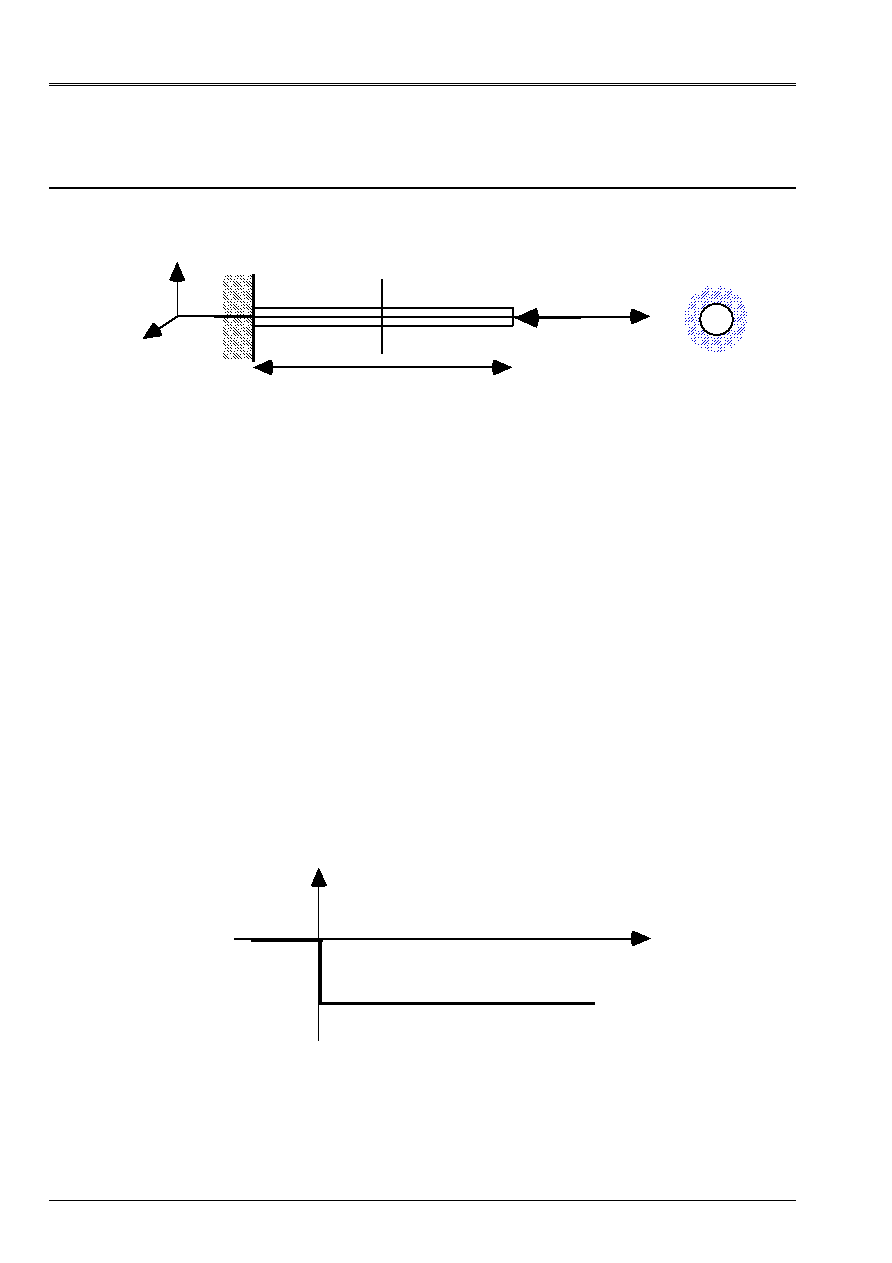
Code_Aster
®
Version
5.0
Titrate:
Transitory SDLL113 dynamic Under-structuring
Date:
18/02/00
Author (S):
G. ROUSSEAU
Key
:
V2.02.113-B
Page:
2/8
Manual of Validation
V2.02 booklet: Linear dynamics of the beams
HT-62/01/012/A
1
Problem of reference
1.1 Geometry
X
y
Z
With
N5
N10
L
F
section
Length of the beam: L = 1 m
Section: Interior radius = 0.09 m
External radius = 0.10 m
1.2
Properties of materials
E = 1x10
10
AP
= 0.3
= 1x10
4
kg/m
3
Modeling a: not of damping
Modeling b: Damping proportional (RAYLEIGH):
C
=
K
+
M
with
=
6.5x10
6
S and
=
16.0 S
1
.
These values correspond to a reduced damping of 1% on the first mode of the structure.
1.3
Boundary conditions and loadings
On all the structure one imposes DY = DZ = DRX = DRY = DRZ = 0.
On point A one imposes the condition of embedding DX = 0.
In N10 one applies a constant force as from the moment t=0: Fx = 100 NR.
Fx (NR)
T (S)
- 100
1.4 Conditions
initial
The structure is initially at rest.
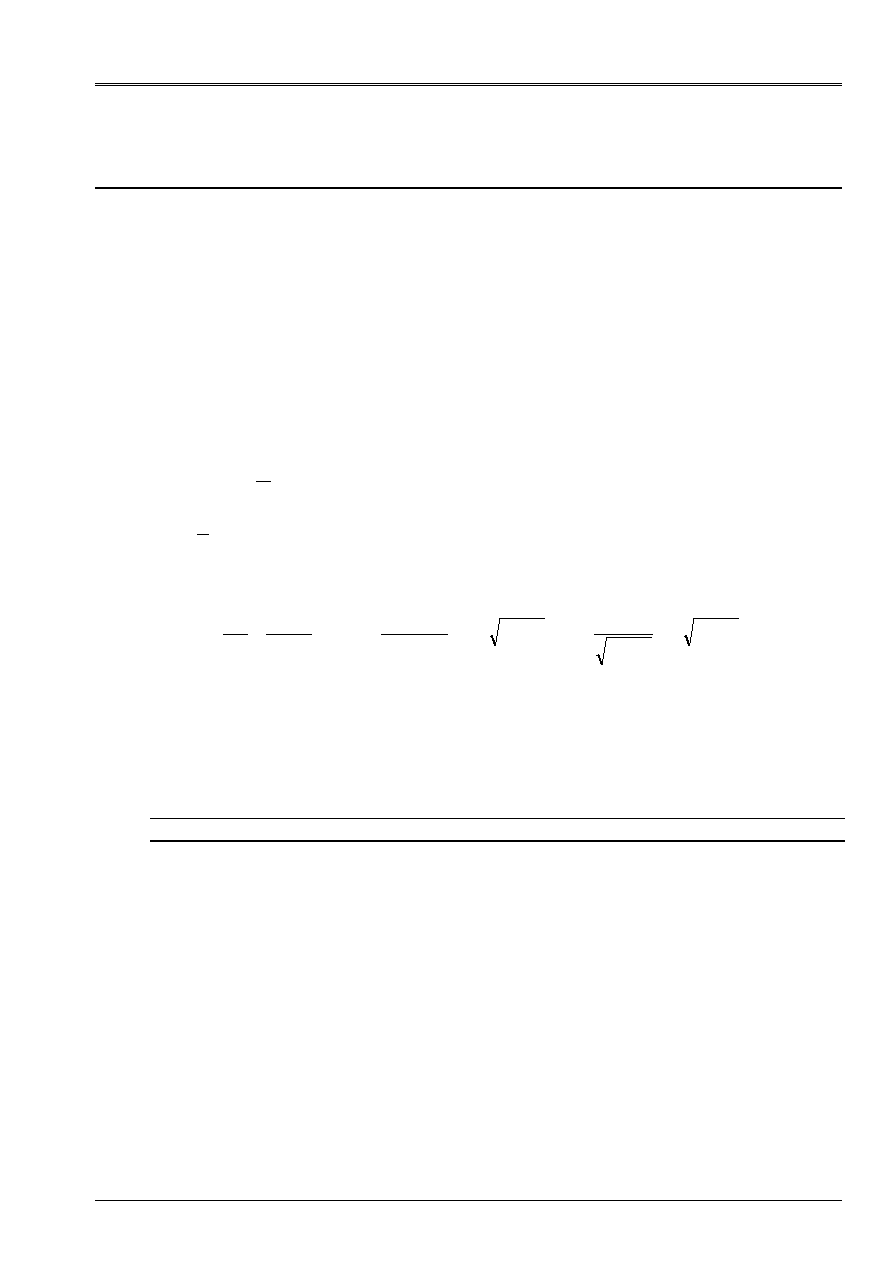
Code_Aster
®
Version
5.0
Titrate:
Transitory SDLL113 dynamic Under-structuring
Date:
18/02/00
Author (S):
G. ROUSSEAU
Key
:
V2.02.113-B
Page:
3/8
Manual of Validation
V2.02 booklet: Linear dynamics of the beams
HT-62/01/012/A
2
Reference solution
2.1
Method of calculation used for the reference solution
There is an analytical solution detailed in the reference [bib1].
The following notations are adopted:
E
: Young modulus
: mass
voluminal
L
: length of the bar
With
: section of the bar
NR
: normal effort directed according to axis X
: damping coefficients of Rayleigh
One also poses:
(
)
N
N
N
=
-
=
2
1 2
1 2 3
where
,…
(
)
N
N
N
=
+
1
2
/
.
Displacement in a point M (X) unspecified is given by:
()
() ()
(
)
(
)
U X T
Nx
EA
NL
EA
E
N
T
T
N
N
T
N
N
N
N
N
N
N N
,
cos
sin
=
+
-
-
-
+
-
-
=
-
8
1
2
1
1
1
1
2
1
2
2
2
2
.
2.2
Results of reference
Values of the fields of displacement, speed and acceleration of the loose lead (N10 node)
are worth at the moment T = 0.0195 S:
Displacement (m)
Speed (Mr. S
1
) Acceleration (Mr. S
2
)
Calculation without damping
8.3766x107
1.6753 X 10
3
0
Calculation with structural damping
1.00462x106
1.20384x10
3
1.21564
2.3
Uncertainty on the solution
Analytical solution.
2.4 References
bibliographical
[1]
G. ROBERT: Analytical solutions in dynamics of the structures. Report/ratio Samtech n°121,
March 1996.
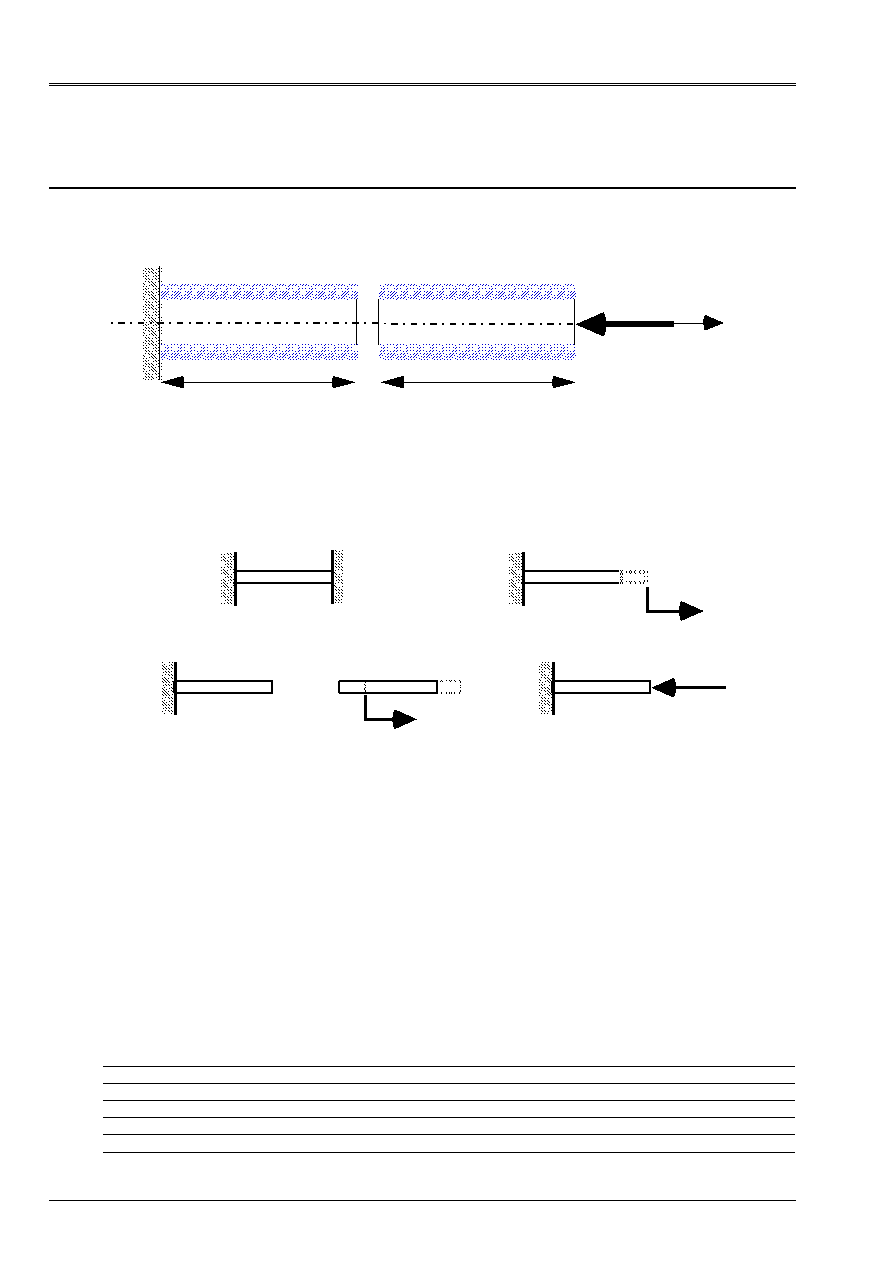
Code_Aster
®
Version
5.0
Titrate:
Transitory SDLL113 dynamic Under-structuring
Date:
18/02/00
Author (S):
G. ROUSSEAU
Key
:
V2.02.113-B
Page:
4/8
Manual of Validation
V2.02 booklet: Linear dynamics of the beams
HT-62/01/012/A
3 Modeling
With
3.1
Characteristics of modeling
The beam is cut out in two parts of equal size. Each substructure considered is
with a grid in segments to which are affected of the elements of the type “POU_D_T”.
X
F
L/2
L/2
The structure is studied using the method of under-structuring transitory with interfaces of the type
“Craig-Bampton” (locked interfaces).
The modal base used is made up of 4 clean modes for the substructure of left, of 5
clean modes for the substructure of straight line to which the constrained modes associated are added with
degrees of freedom of interface (2).
Base projection of the substructure of left:
With
N5
Modes with interface
locked
With
N5
dx = 1
Constrained mode
Base projection of the substructure of straight line:
N5
Modes with interface
locked
N5
dx = 1
Constrained mode
N10
N5
N10
Fx
N10
3.2
Characteristics of the mesh
The mesh of the complete beam to carry out the calculation of reference shows the characteristics
following:
file of the type mesh Aster (.mail)
A number of nodes = 11
A number of meshs = 10 SEG2
The mesh of the half-beam to carry out calculation by under-structuring, presents them
following characteristics:
file of the type Ideas (.msup)
A number of nodes = 6
A number of meshs = 5 SEG2
3.3
Functionalities tested
Controls
Key word factor
Key word
Argument
Keys
MODE_ITER_SIMULT CALC_FREQ
NMAX_FREQ
[U4.52.02]
DEFI_INTERF_DYNA INTERFACES
TYPE
“CRAIGB”
[U4.55.03]
CONVENTIONAL DEFI_BASE_MODALE
[U4.55.04]
MACR_ELEM_DYNA
“CONVENTIONAL” OPTION
[U4.55.05]
DYNA_TRAN_MODAL EXCIT
VECT_GENE
[U4.54.03]
REST_BASE_PHYS INTERPOL
“FLAX”
[U4.64.01]
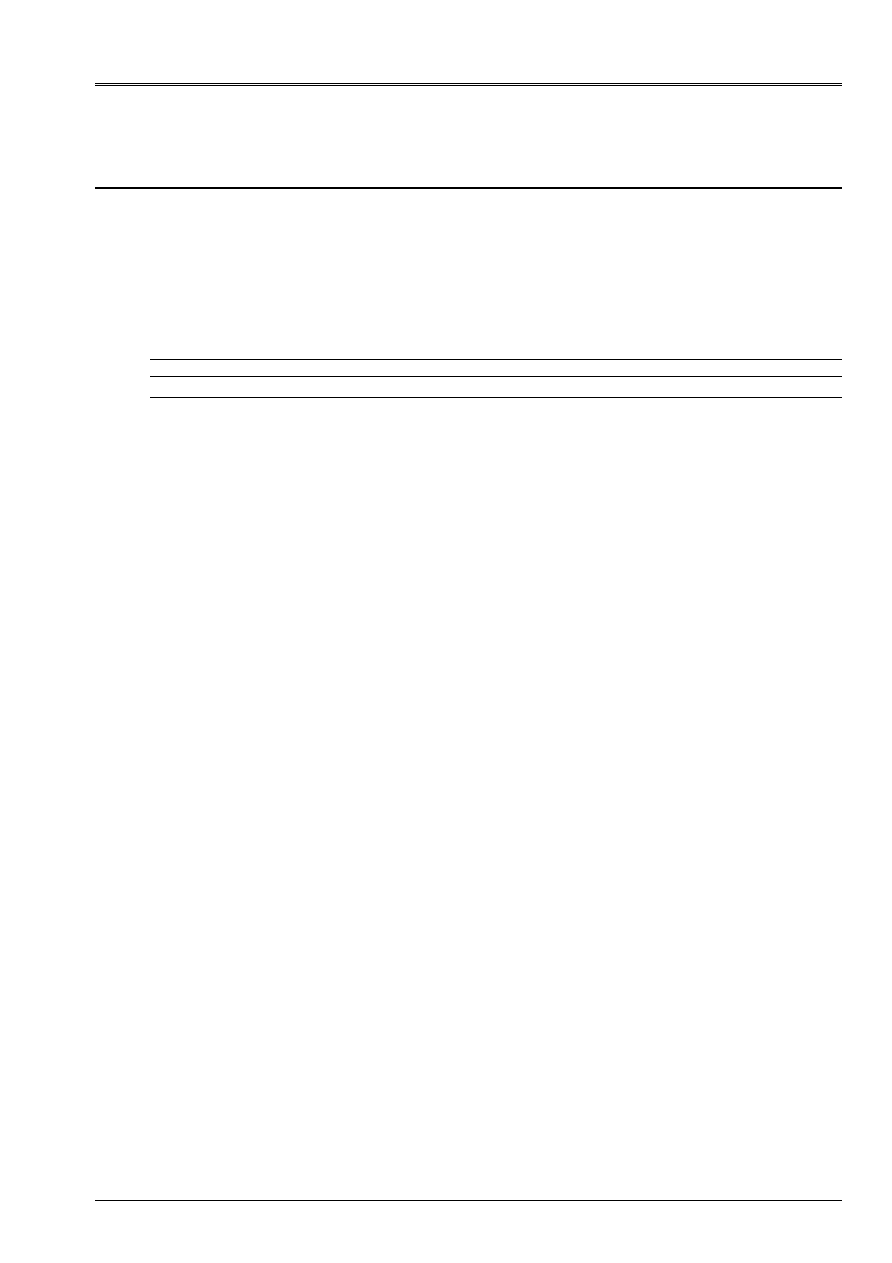
Code_Aster
®
Version
5.0
Titrate:
Transitory SDLL113 dynamic Under-structuring
Date:
18/02/00
Author (S):
G. ROUSSEAU
Key
:
V2.02.113-B
Page:
5/8
Manual of Validation
V2.02 booklet: Linear dynamics of the beams
HT-62/01/012/A
4
Results of modeling A
4.1 Values
tested
The values are restored on a mesh skeleton made up of the two substructures. Mesh
initial which contains 6 nodes is duplicated to create the substructure of straight line. The node of end
thus corresponds to node 12.
Identification Reference
(beam supplements)
Under-structuring Difference
(%)
Node 12: displacement (m)
6.2818E7
6.2818E7
< 0.1
Node 12: speed (Mr. S
1
)
2.0957E3 2.0957E3 <
0.1
Node 12: acceleration (Mr. S
2
)
1.1139E+1 1.1139E+1 <
0.1
4.2 Remarks
One can be astonished that the adopted reference corresponds to the complete beam modelized by 10
elements and not with the analytical solution. It is that the development of the solution in series of
clean modes converges very slowly: the modal solution is very far away from the solution here
theoretical. The relevant comparison is thus well that selected.
Calculation by modal recombination is carried out on the basis of complete modal structure (11
modes) taking into account the adopted discretization. In the same way, the dimension of the base of projection
used for calculation by dynamic under-structuring 11 (substructure of left is: 4 modes
clean + 1 constrained mode; substructure of straight line: 5 clean modes + 1 constrained mode). It is
thus normal to obtain an excellent agreement between the modeling of the complete beam and that of
beam divided into two substructures.
4.3 Parameters
of execution
Version: STA 5.03
Machine: SGI ORIGIN 2000
Overall dimension memory: 64 Mo, Time CPU To use: 10,29 seconds.
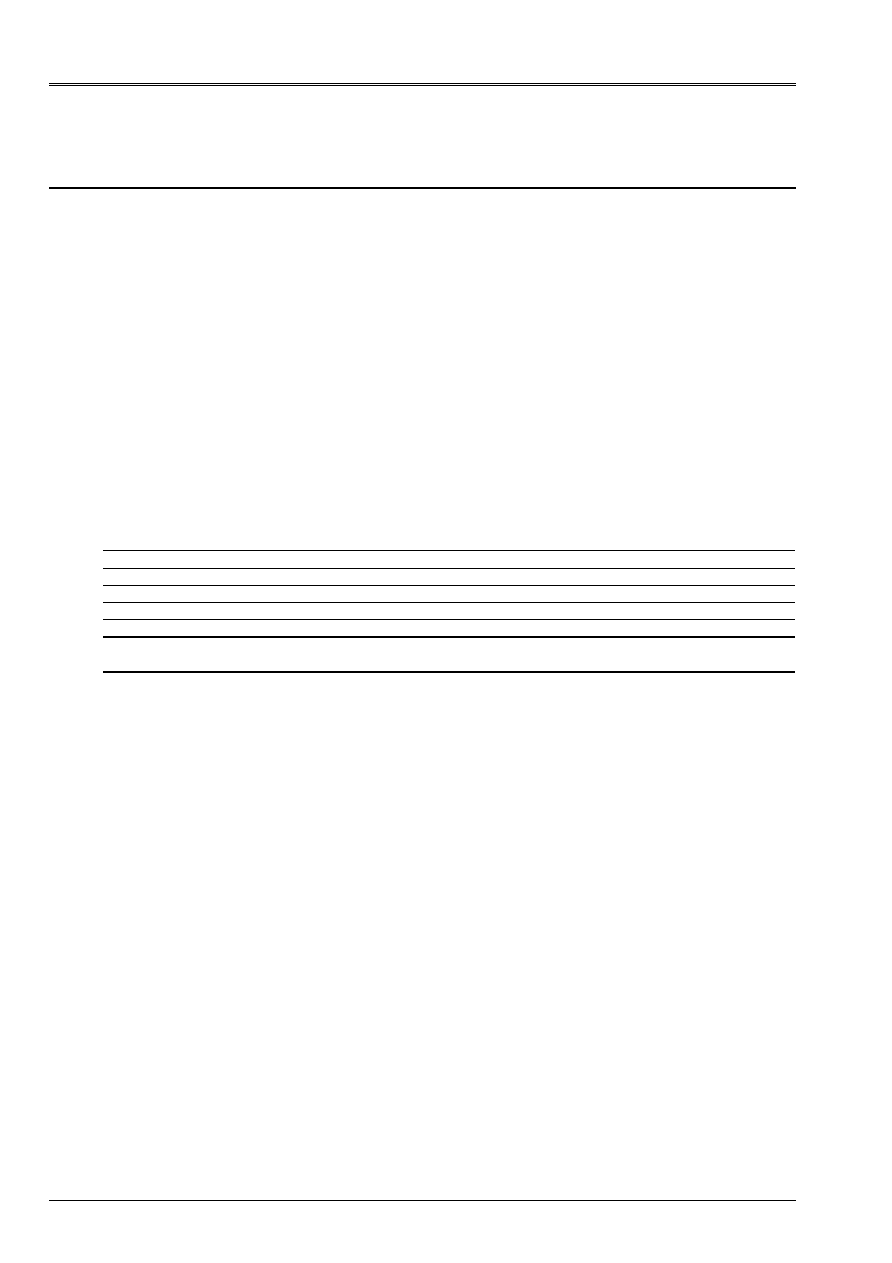
Code_Aster
®
Version
5.0
Titrate:
Transitory SDLL113 dynamic Under-structuring
Date:
18/02/00
Author (S):
G. ROUSSEAU
Key
:
V2.02.113-B
Page:
6/8
Manual of Validation
V2.02 booklet: Linear dynamics of the beams
HT-62/01/012/A
5 Modeling
B
5.1
Characteristics of modeling
The characteristics of this modeling are identical to the preceding one (modeling A). Only
difference lies in the fact that the structure is deadened. Damping used is of type
proportional:
C
=
K
+
M
with
=
6.5x10
6
S and
=
16.0 S
1
.
These values correspond to a reduced damping of 1% on the first mode of the structure.
5.2
Characteristics of the mesh
The characteristics of the mesh are also identical to those of modeling A (cf [§ 3.2]).
5.3
Functionalities tested
Controls
Key word factor
Key word
Argument
Keys
MODE_ITER_SIMULT CALC_FREQ
NMAX_FREQ
[U4.52.02]
DEFI_INTERF_DYNA INTERFACES
TYPE
“CRAIGB”
[U4.55.03]
CONVENTIONAL DEFI_BASE_MODALE
[U4.55.04]
MACR_ELEM_DYNA MATR_AMOR
OPTION
“CONVENTIONAL”
[U4.55.05]
ASSE_MATR_GENE
OPTION
“AMOR_GENE”
[U4.55.08]
DYNA_TRAN_MODAL EXCIT
VECT_GENE
[U4.54.03]
AMOR_GENE
REST_BASE_PHYS INTERPOL
“FLAX”
[U4.64.01]
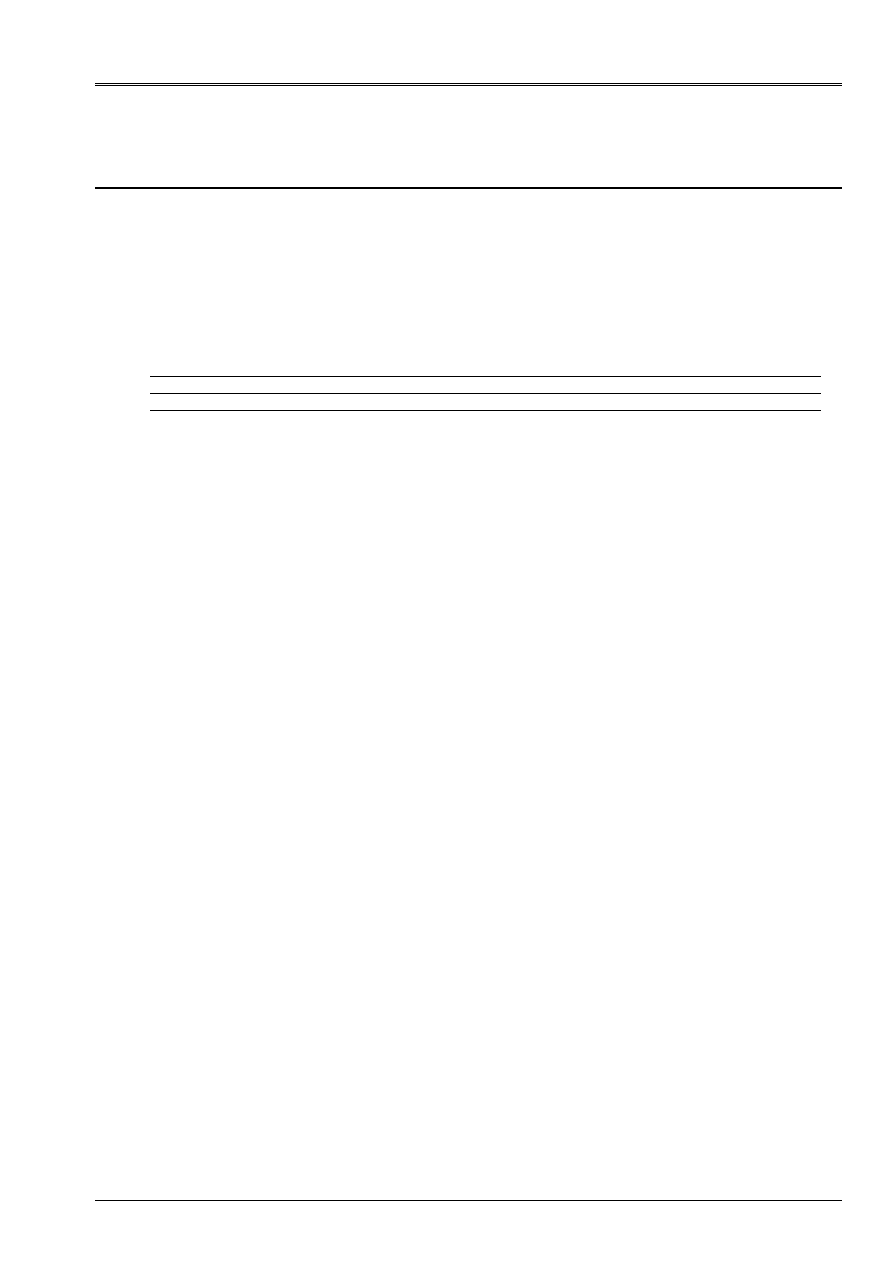
Code_Aster
®
Version
5.0
Titrate:
Transitory SDLL113 dynamic Under-structuring
Date:
18/02/00
Author (S):
G. ROUSSEAU
Key
:
V2.02.113-B
Page:
7/8
Manual of Validation
V2.02 booklet: Linear dynamics of the beams
HT-62/01/012/A
6
Results of modeling B
6.1 Values
tested
The results are restored on a mesh skeleton made up of the two substructures. Mesh
initial which contains 6 nodes is thus duplicated to create the substructure of straight line. The node
of end thus corresponds to node 12.
Identification Reference
(complete model)
Under-structuring Difference
(%)
Node 12: displacement (m)
9.54882E7
9.54882E7
< 0.1
Node 12: speed (Mr. S
1
)
1.22190E3 1.22190E3 <
0.1
Node 12: acceleration (Mr. S
2
)
1.91712E+0 1.91712E+0
<
0.1
6.2 Remarks
One can be astonished that the adopted reference corresponds to the complete beam modelized by 10
elements and not with the analytical solution. Important differences between the numerical solutions and
theoretical are ascribable with the reduced number of elements. The use of 50 elements instead of 10
would have allowed to approach theoretical acceleration with a margin of 1%. That put aside, one can note that
the use of a method of under-structuring provides the same results as those of the beam
complete.
Calculation by modal superposition is carried out on the basis of complete modal structure (11
modes). In the same way, the dimension of the base of projection used for calculation by under-structuring
dynamics is 11 (substructure of left: 4 clean modes + 1 constrained mode; substructure
of straight line: 5 clean modes + 1 constrained mode). It is thus normal to obtain an excellent agreement enters
the modeling of the complete beam and its modeling in two substructures.
6.3 Parameters
of execution
Version: STA 5.03
Machine: SGI ORIGIN 2000
Overall dimension memory: 64 Mo, Time CPU To use: 13,41 seconds.
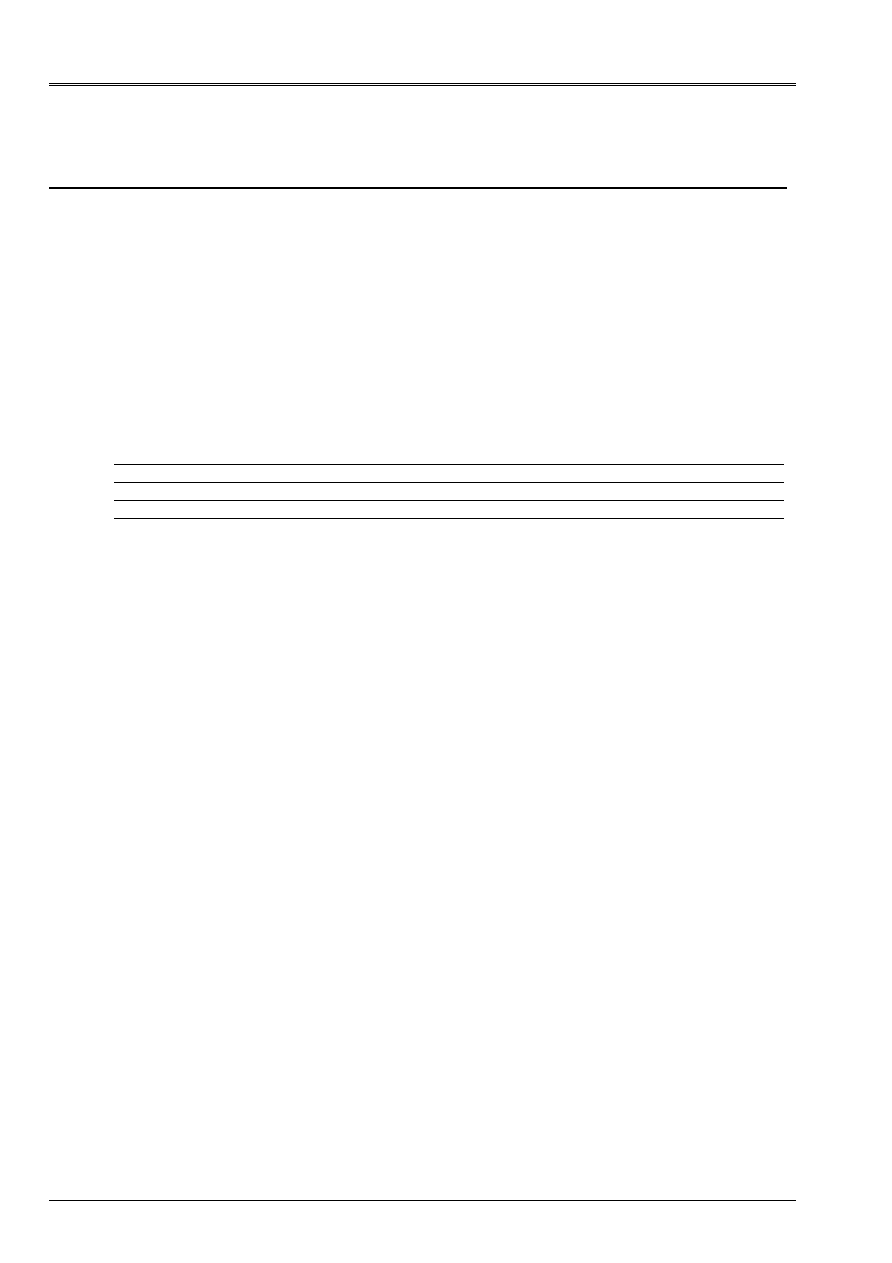
Code_Aster
®
Version
5.0
Titrate:
Transitory SDLL113 dynamic Under-structuring
Date:
18/02/00
Author (S):
G. ROUSSEAU
Key
:
V2.02.113-B
Page:
8/8
Manual of Validation
V2.02 booklet: Linear dynamics of the beams
HT-62/01/012/A
7
Summary of the results
As well in the case not deadened as in the deadened case, the results obtained using the model
complete and by under-structuring do not present significant variations. Operators of calculation
linear transient by under-structuring are thus validated.
In the deadened case, the agreement between the solutions numerical and analytical would have been better while taking
more elements (50 instead of 10 for example).
Lastly, let us announce that the results obtained by Code_Aster were compared with results
obtained by the SAMCEF software. They are included in the table below. One notes that in the case not
deadened, the two software provides nearby results, quite as far away from the solution
analytical.
Identification
Case not deadened
Deadened case
Code_Aster
The SAMCEF software
Code_Aster
The SAMCEF software
N12, displacement (m)
6.282E7 6.290E7
9.549E7 9.557E7
N12, speed (m/s)
2.096E3 2.080E3
1.222E3 1.222E3
N12, acceleration (m/s ²)
1.114E+1 1.075E+1
1.917E+0 1.910E+0







